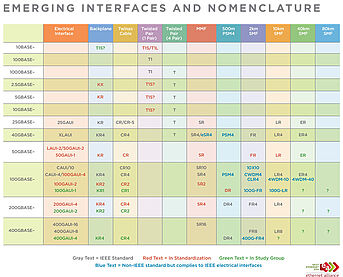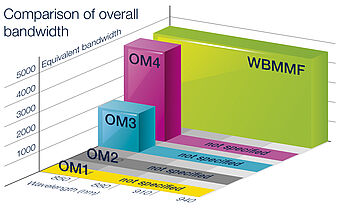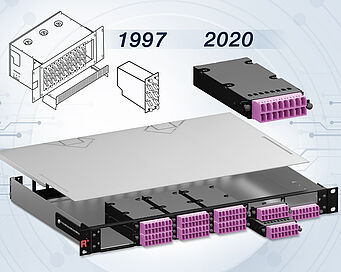The problem with most motorways is no matter how many lanes are built in the first instance, all too quickly they’re consumed and clogged by traffic. It’s similar with fiber optic infrastructure in buildings and data centers. As we speak, data volumes and data rates are being driven ever upwards by the growing impact of the Internet of Things and Big Data.
Add to this the plethora of next gen technologies such as Artificial Intelligence, Machine Learning and Virtual Reality and we have mixed a heady cocktail of new applications and on-demand services, where near instantaneous ‘real-time’ response times aren’t just nice to have, they’re absolutely expected. For good measure, there’s also the aggressive future development of Ethernet to throw in.







